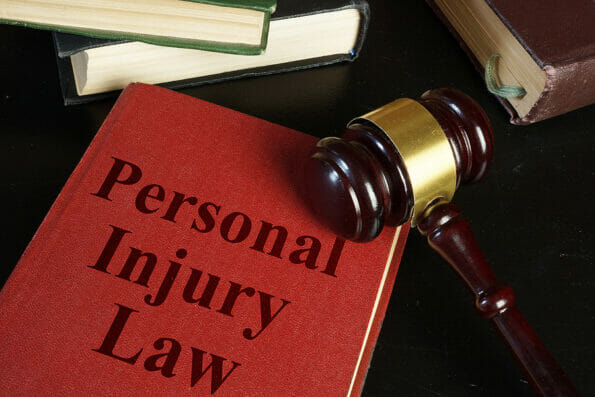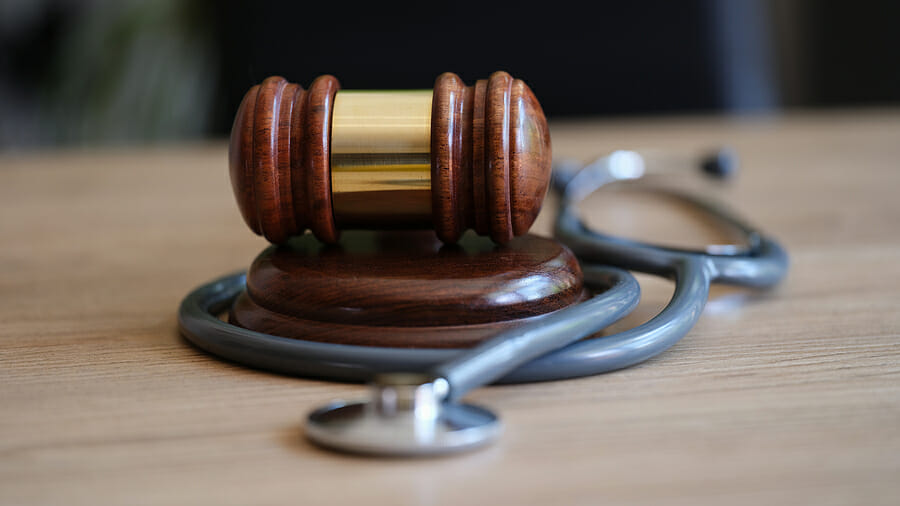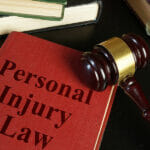The Pre-Action Protocol strongly urges the parties to share information at the initial stages. It also encourages them to use alternative dispute settlement methods to resolve the claim without having to issue court action. This ensures that a cost-effective resolution can be reached.
In general, this protocol should apply to practically all personal injury claims resulting from accidents involving occupiers’ liability, public liability, or employers’ liability.
The protocol does not apply to claims involving medical malpractice, industrial sickness and illness, or low-value personal injury cases resulting from auto accidents because such claims are governed by separate rules and protocols in Florida as well as several other states.
Before legal action is taken, both parties in personal injury claims are expected to comply with the requirements outlined in the Pre-Action Protocol for Personal Injury Claims. There are established procedures and laws that must be followed regardless of whether a personal injury lawyer serving Tampa, Florida files a personal injury claim on your account or you opt to handle it yourself.
The Steps In The Protocol
Letter of Notification
A brief letter should be issued to the defendant to notify them of the impending claim as soon as the claimant is aware that one will be made. If the claimant can move directly to a thorough Letter of Claim, this preparatory step can be avoided.
Rehabilitation
The parties should take care of any urgent medical and/or rehabilitative needs that the claimant has to help them recover. The claimant may be able to heal from their injuries fairly quickly with early treatment. Along with the obvious advantages for the claimant, this may also mean that the defendant may owe less in compensation (damages) if the claimant recuperates faster due to the accessibility of timely treatment and rehabilitation.
Letter of Claim
The claimant should deliver to the defendant a Letter of Claim as quickly as possible. The letter of claim should include the following:
The name, date of birth, address, and NI number of the claimant.
- How did the accident happen?
- Why is the accused being held accountable?
- Any paperwork the claimant anticipates the defendant to provide.
- The extent and location of any medical treatment for the claimant’s injuries.
- Any monetary losses, including lost wages or destroyed property.
Letter Of Response
The timeline for the defendant’s inquiry into the accident begins when the Letter of Claim is delivered.
In essence, the defendant has four months to submit a thorough rebuttal.
The defendant is required to submit a formal Letter of Response before the conclusion of that period stating whether or not culpability is admitted.
The parties can typically work together to gather the medical evidence, as well as other evidence that may be required to allow them to negotiate and agree on a settlement of the case if the defendant accepts liability.
If the defendant disputes liability (or even admits some responsibility but claims that the claimant was also partially to blame), they must offer their narrative of the incident, a justification for the denial of liability, and copies of any relevant documents.
Disclosure Of Documents
The claimant will be required to reveal (submit to the opposing party and the court) the kinds of documents that would be included with the Letter of Claim at this point. Documents of any special damages being sought would fall under this category. Examples include car repair invoices, insurance excess invoices, car rental invoices, proof of lost wages, and invoices for the replacement costs of any objects damaged in the accident.
Documents related to the defendant’s culpability and whether the accident led to the alleged injuries have been disclosed by the defendants. Typical papers in a work-related claim might therefore include training records, equipment maintenance inspections, and risk assessments. In contrast, a supermarket slip and fall claim may contain store cleaning procedures, security camera footage, and an accident report.
The claimant may file a Pre-Action Application with the court to get the papers required to evaluate the merits of the claim if the defendants are unable to produce such documentation.
Expert Reports
In cases involving many or complex injuries, the claimant will typically need at least one expert medical report and one medical expert witness.
Before getting a report, the claimant should give the defendant the expert’s contact information (together with a copy of the expert’s resume) to show that the expert is qualified to testify in the case.

Dispute-Resolution Alternatives
Before beginning court proceedings, both parties are urged to exhaust all out-of-court options for settling the conflict.
This may occasionally entail a “joint settlement meeting” involving the parties and their attorneys.
In other circumstances, the parties may seek the assistance of a mediator to assist in trying to resolve it.
Stocktake
The moment has come for each party to evaluate its position, as well as the advantages and disadvantages of any potential solutions, if the issue has not been resolved after following the protocol process.
The protocol’s final guideline is that before filing a lawsuit, the claimant should nominate attorneys to represent the defendant’s insured before contacting their insurance company. The insurers should get this invitation seven to fourteen days before the claimant intends to file a lawsuit.
Conclusion
If the parties and/or their attorneys fail to abide by the word and/or the spirit of the protocol, the court has broad authority to impose financial penalties on them.
Personal injury litigation can be quite expensive with attorney fees, court fees, medical expert fees, and other expenses. Therefore, breaking these principles is often highly foolish on the side of either party.
Image Source: BigStockPhoto.com (Licensed)
Related Categories: Legal, Reviews








